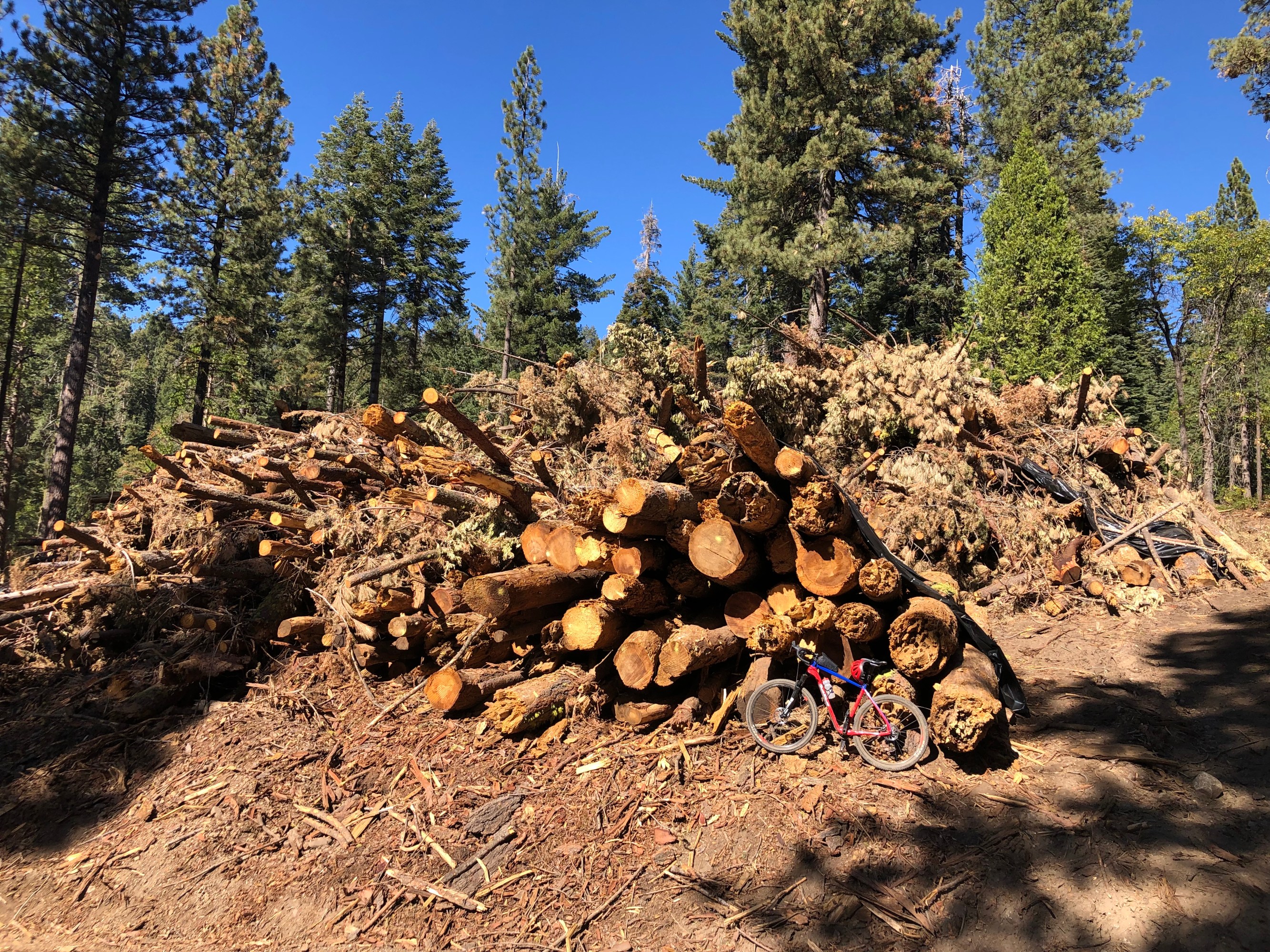
 technology
technology 
[ad_1]
Following a series of devastating fire years across the West, a number of states are increasingly funding efforts to clear out forests to reduce those dangers. That includes removing undergrowth, cutting down trees, or using controlled burns to break up the landscape and prevent fires from reaching forest crowns.
States are expected to produce more and more forest waste from these efforts as climate change accelerates in the coming years, says Justin Freiberg, managing director of the Yale Carbon Containment Lab, which has been conducting field trials exploring a number of “wood carbon containment” approaches under different conditions for several years.
But today, the harvested plants and trees are generally piled up in cleared areas and then left to rot or deliberately burned. That allows the carbon stored in them to simply return to the atmosphere, driving further warming.
Kodama hopes to address both the wildfire dangers and the emissions challenge. The company says it’s developing automated ways of thinning out overcrowded forests that will make the process cheaper and faster (though it’s not yet discussing this part of the business in detail). After stripping off the limbs from trees too small to be sold for timber, they’ll load them into trucks and ship them to a prepared pit.

KODAMA SYSTEMS
The key will be to ensure that what the company refers to as a “wood vault” keeps out oxygen and water that would otherwise accelerate decomposition and prevents greenhouse gases from leaking out.
In the field effort with Yale researchers, expected to begin in the third quarter of next year, the company intends to create a burial mound in the Nevada desert that’s seven yards high, three yards deep, and 58 yards long and across.
They plan to cover the biomass with a geotextile liner and then bury that under soil and a layer of native vegetation selected to absorb moisture. Given the region’s dry conditions, this will create a contained system that prevents “agents of decomposition from acting on the buried wood mass,” ensuring that the carbon stays in place for thousands of years, says Jimmy Voorhis, head of biomass utilization and policy at Kodama.
Freiberg adds that they’ll also leave wood exposed at the site and create smaller side vaults designed in different ways. The teams will continue to monitor them and compare decomposition rates and any greenhouse-gas leakage for years. The teams expect to be able to extrapolate long-term carbon storage estimates from that data, along with other studies and experiments.